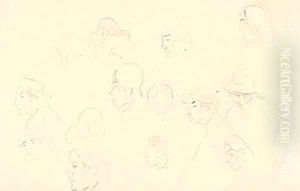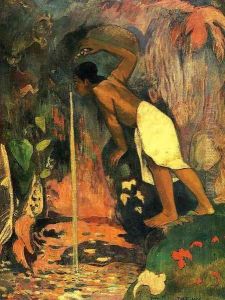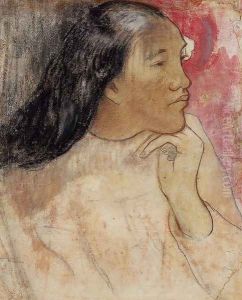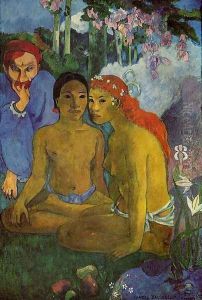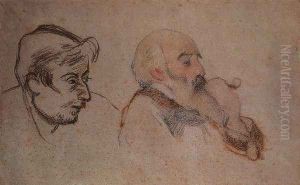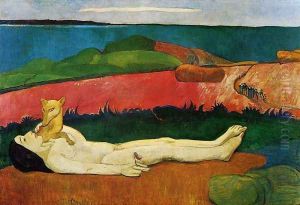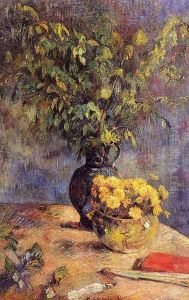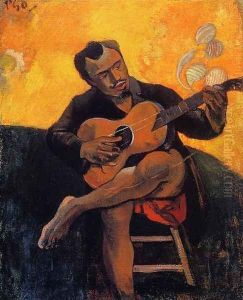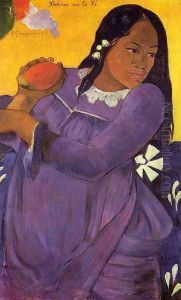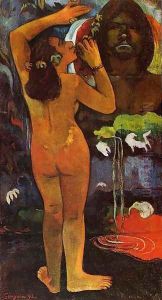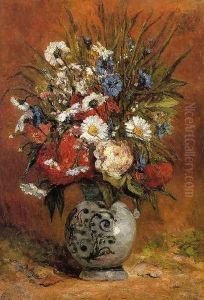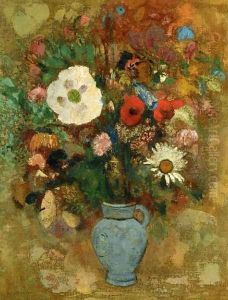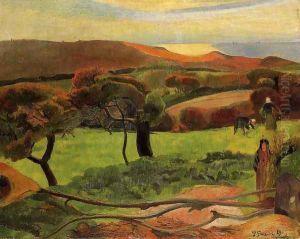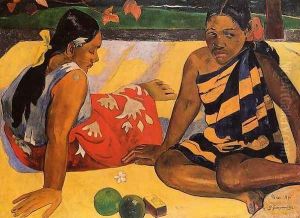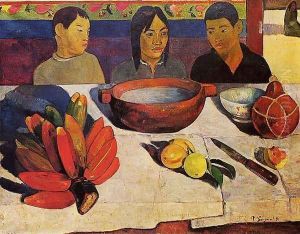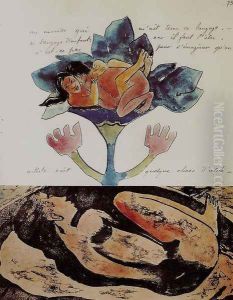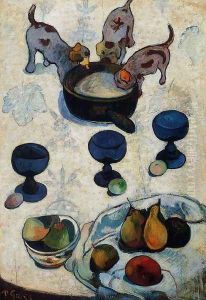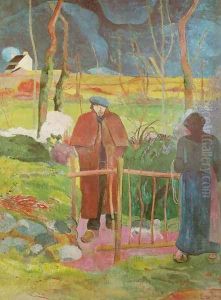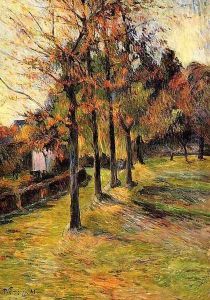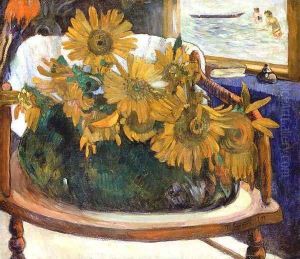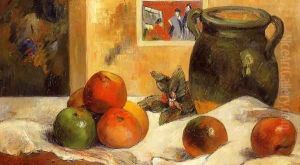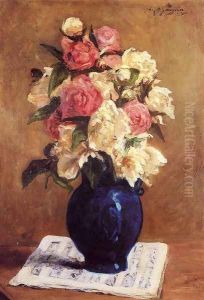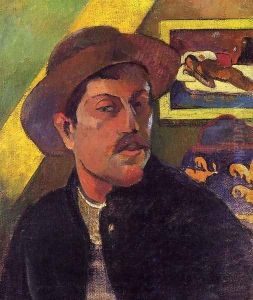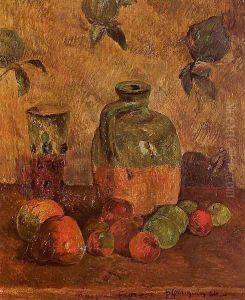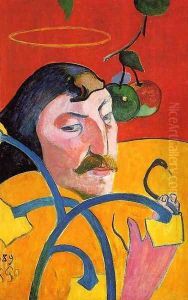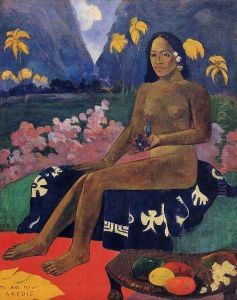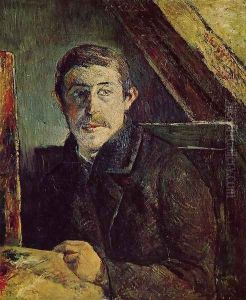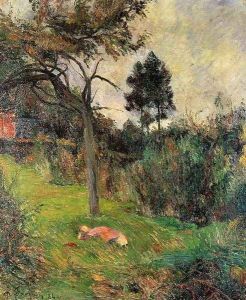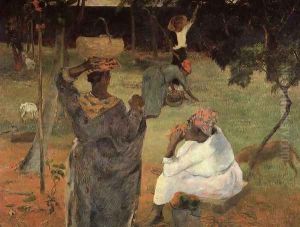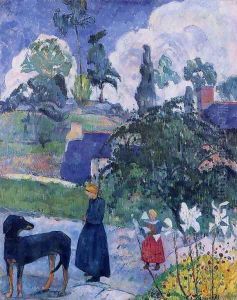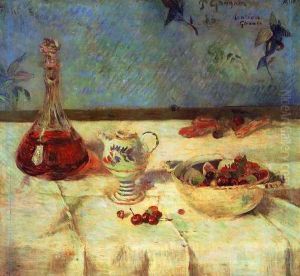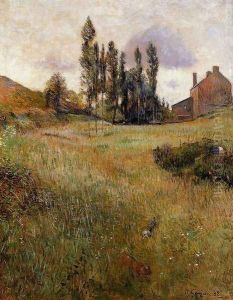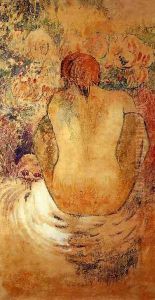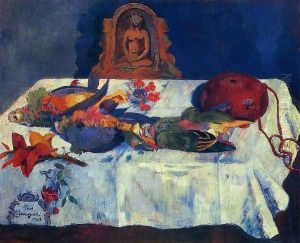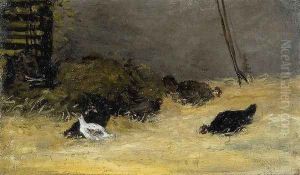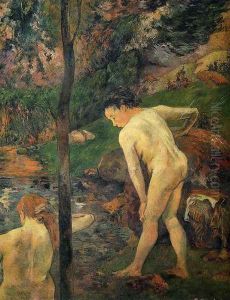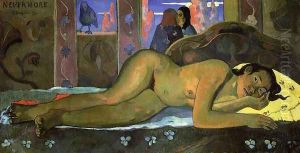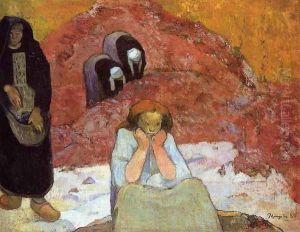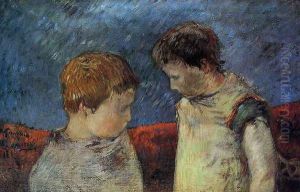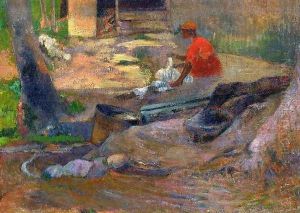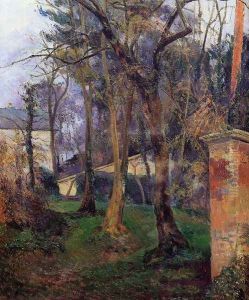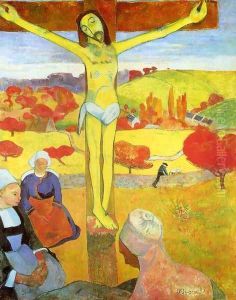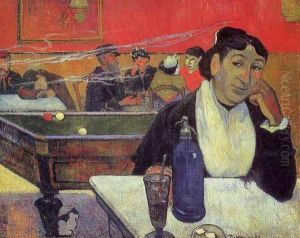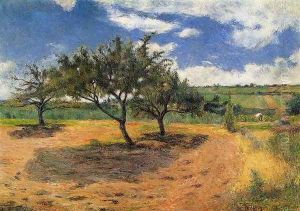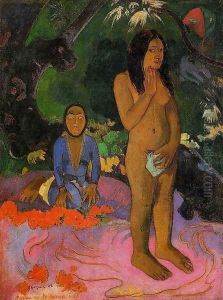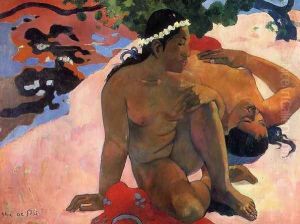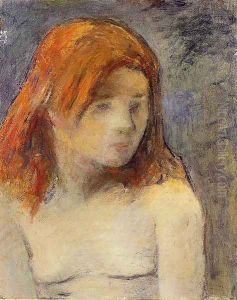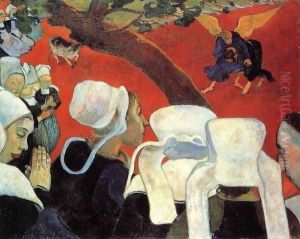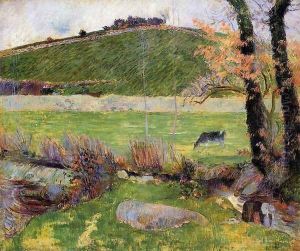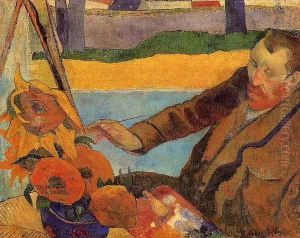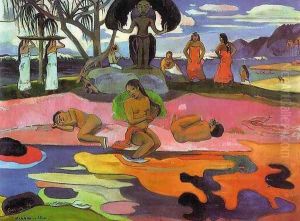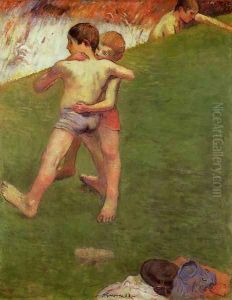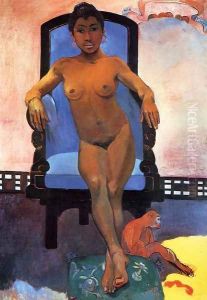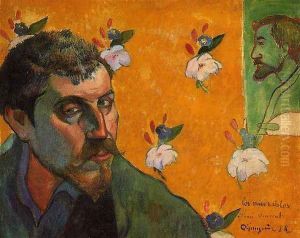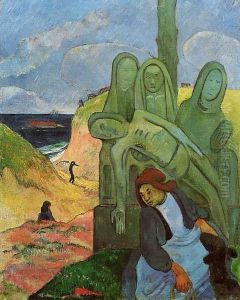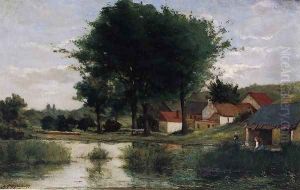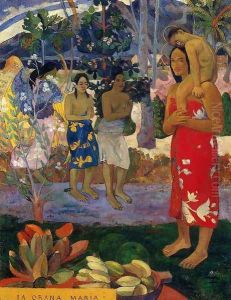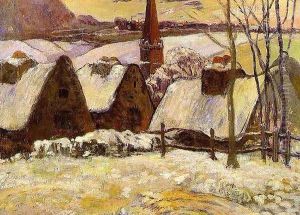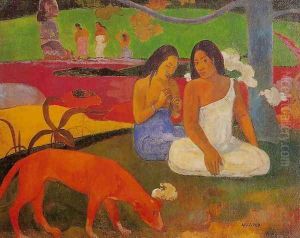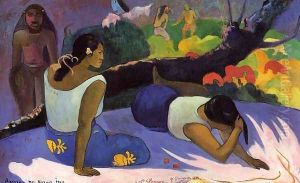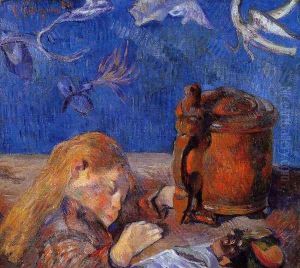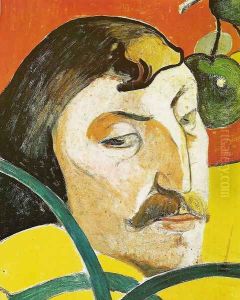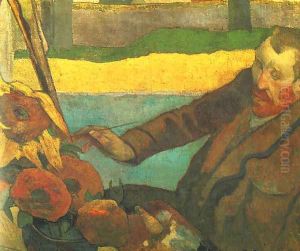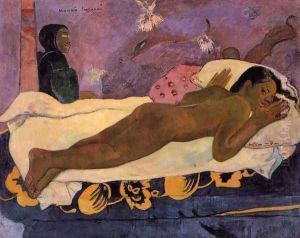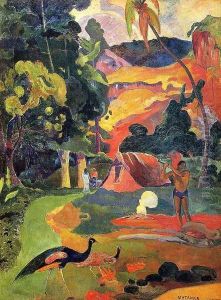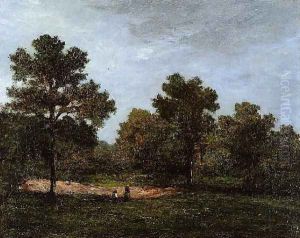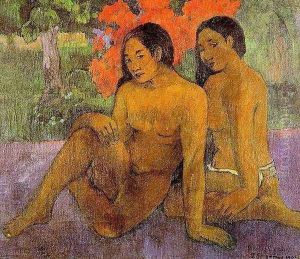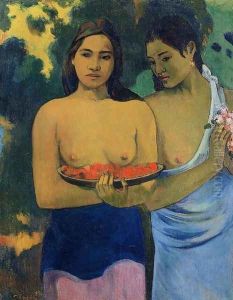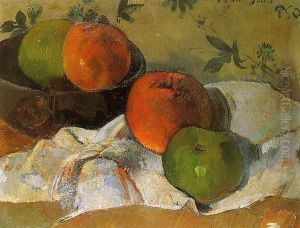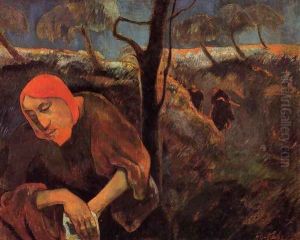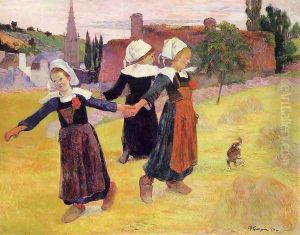Paul Gauguin Paintings
Eugène Henri Paul Gauguin was a French post-Impressionist artist, unappreciated until after his death, now recognized for his experimental use of color and Synthetist style that were distinctively different from Impressionism. Born on June 7, 1848, in Paris, Gauguin was initially raised in Peru, a country that he claimed influenced his later work. His early life was marked by a series of moves and a variety of jobs, including working as a sailor and later as a successful stockbroker in Paris.
Gauguin began painting in his spare time but eventually became dissatisfied with his life as a stockbroker, prompting him to pursue art full-time. In the 1880s, he began to seriously devote himself to his art, creating works with a group of painters known as the Impressionists. However, Gauguin developed a desire to create something beyond what he saw as the constraints of Impressionism. He sought to escape European civilization and 'everything that is artificial and conventional'.
In pursuit of more primitive and genuine expression, Gauguin left France for Tahiti in 1891. The move marked a significant change in his art as he began to produce works that were infused with the lush colors, bold outlines, and simplified forms he found in the island life. Gauguin's Tahitian paintings are among his most famous works, in which he often depicted the native women and idyllic landscapes.
His time in Tahiti was not without difficulties; he struggled with financial problems, legal conflicts, and health issues. Despite these challenges, Gauguin's post-Tahitian work continued to evolve in fascinating ways. He spent his last years in the Marquesas Islands, where he continued to paint and also took an interest in woodcarving.
Gauguin's work went largely unrecognized during his lifetime, and he struggled with poverty. It was only after his death in the Marquesas on May 8, 1903, that his art gained recognition. He is now seen as an important figure in the Symbolist movement and a precursor to modernism, influencing artists such as Pablo Picasso and Henri Matisse. Gauguin's legacy is characterized by his bold experiments with color, incorporation of non-Western aesthetics, and his search for authenticity in art.
